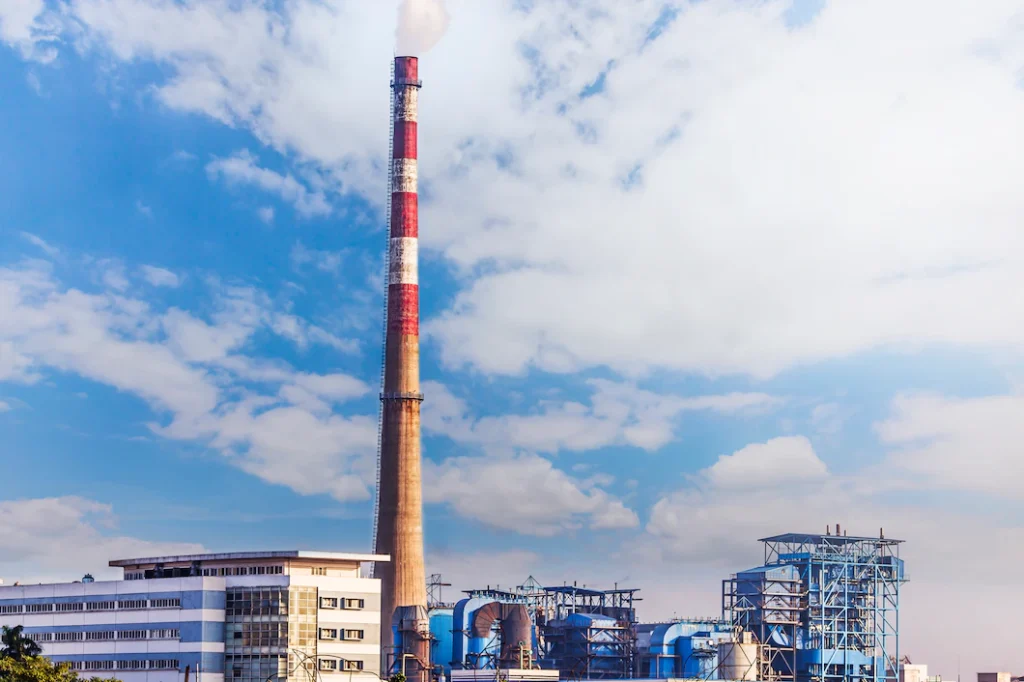In the dynamic landscape of industry and environmental consciousness, the mining sector finds itself at the crossroads of growth and sustainability. As a primary source of essential raw materials, mining fuels economies and industries globally. Yet, the very processes that propel it forward also generate significant environmental challenges. Among these challenges, the emission of airborne pollutants stands as a pivotal concern. Mining operations, often characterized by activities like drilling, blasting, crushing, and material transportation, inevitably produce airborne emissions that encompass particulate matter, greenhouse gases, and volatile organic compounds. These emissions can have far-reaching adverse effects on the environment and human health. This blog explores the strategies, technologies, and practices that are being employed to minimize the environmental impact of mining operations by reducing airborne emissions.

The Airborne Emissions Challenge in Mining
Mining operations, with their inherent dust and emissions, generate significant challenges. These emissions contain a cocktail of particulate matter that can affect air quality and pose health risks to both mining workers and nearby communities. Additionally, the release of greenhouse gases, particularly methane, significantly contributes to global warming. Addressing these emissions is not only a matter of environmental responsibility but also a necessity due to increasingly stringent environmental regulations.
Advanced Filtration Technologies: Pillars of Emission Control
Advanced filtration technologies are central to the mining industry’s endeavors to control and reduce airborne emissions. The following filtration systems and practices have proven to be particularly effective:
- Dust Collection Systems: Implementing efficient dust collection systems, such as baghouse filters and cyclones, at critical points in mining processes allows for the effective capture of dust particles. These systems are designed to minimize emissions at the source, thus reducing their dispersion into the atmosphere.
- Electrostatic Precipitators (ESPs): ESPs, renowned for their prowess in removing fine particulates and dust from exhaust gases, are commonly employed in the mining industry. They play a significant role in reducing emissions from processes like smelting and refining.
- Scrubbers: Air and gas scrubbers contribute to controlling emissions of acid gases and other harmful compounds during mining processes. They are indispensable in minimizing the release of harmful substances into the atmosphere.
- Methane Capture and Utilization: In underground mining operations, methane emerges as a potent greenhouse gas. Advanced capture systems extract methane emissions and harness them as usable energy, effectively reducing the environmental impact.
Operational Best Practices: Going Beyond Filtration
In conjunction with advanced filtration technologies, mining companies are recognizing the significance of operational best practices to further reduce airborne emissions. These practices include:
- Wet Drilling: Transitioning from dry drilling methods to wet drilling significantly reduces dust generation during drilling operations, mitigating airborne particulate emissions.
- Haul Road Management: Implementing effective dust control measures on haul roads through techniques such as regular watering, the use of dust suppressants, and road design enhancements minimizes particulate emissions during material transportation.
- Efficient Transportation: Embracing environmentally conscious methods like electric or hybrid vehicles for ore transportation reduces emissions and bolsters the overall sustainability of mining operations.
- Land Reclamation: As an essential step in minimizing the environmental footprint of mining, land reclamation efforts help restore natural ecosystems and simultaneously mitigate the visual impact of mining operations.
Conclusion: Forging a Sustainable Path

The mining industry is experiencing heightened scrutiny regarding its environmental impact. To adhere to stringent regulatory requirements and demonstrate a commitment to environmental stewardship, mining companies are deploying advanced filtration technologies, operational refinements, and comprehensive emission control strategies. By minimizing airborne emissions, these companies are not only safeguarding air quality and mitigating health risks but also significantly reducing their contribution to climate change. Embracing sustainable mining practices represents a pivotal step that benefits the environment, upholds social responsibility, and secures the long-term viability of the mining sector. In this way, the mining industry can harmonize economic growth with environmental sustainability and meet the challenges of a rapidly evolving world.






